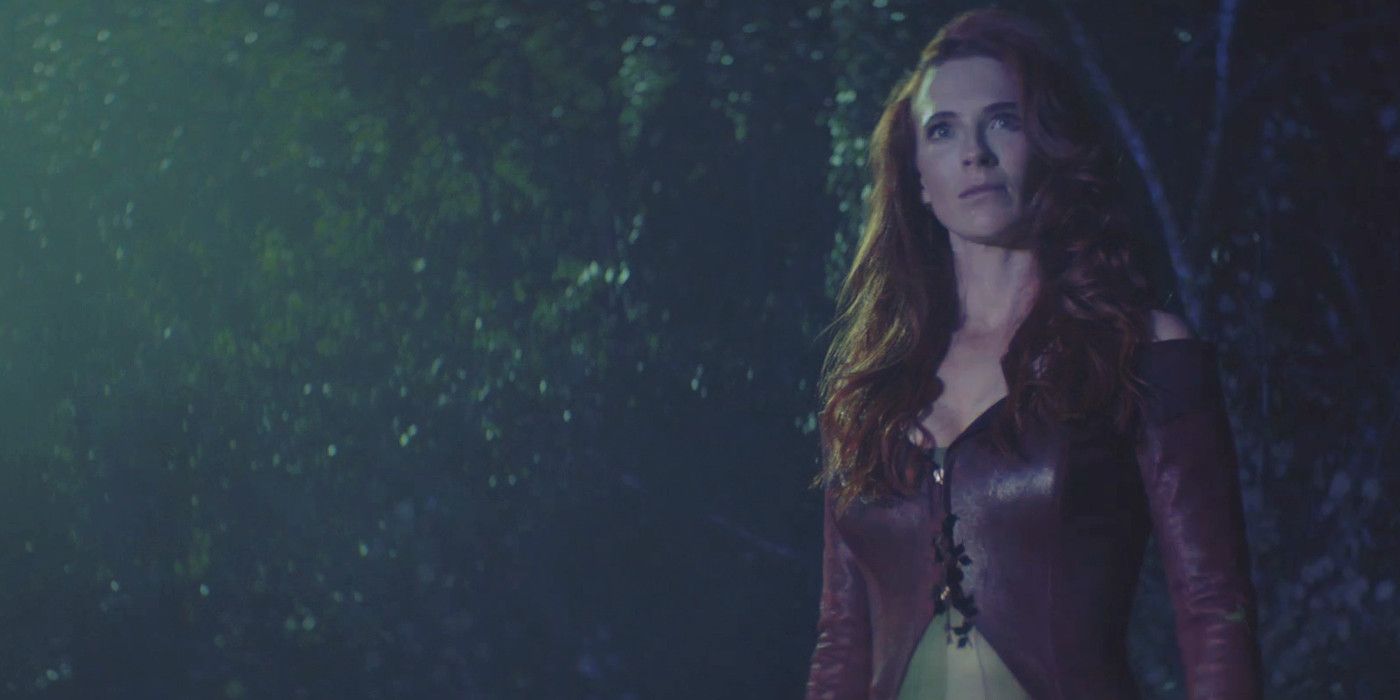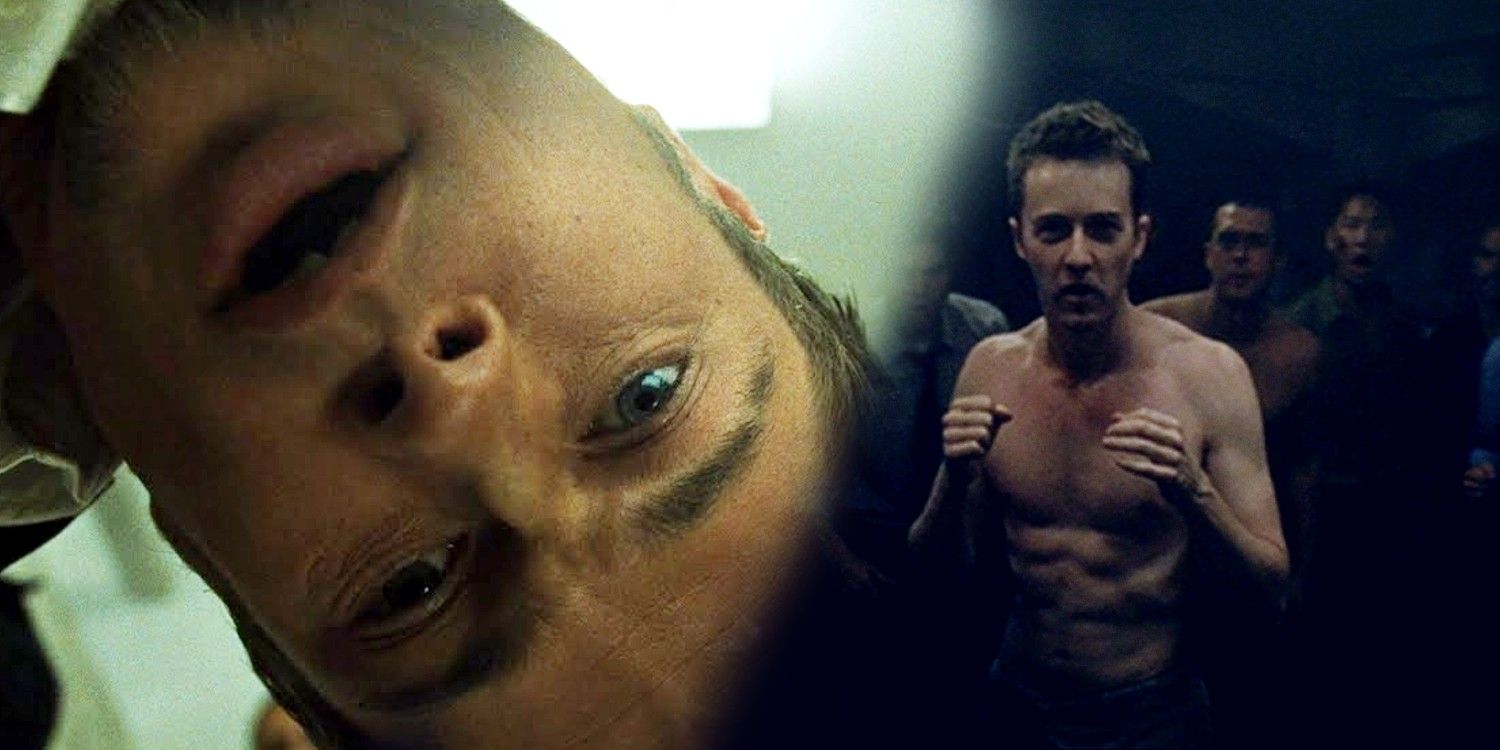Warning: The following contains SPOILERS for Batwoman‘s mid-season premiere.
The Arrowverse Poison Ivy played by Bridget Regan on Batwoman compares favorably to the variants of Pamela Isley presented in earlier live-action productions, with relatively few changes to the character’s background and powers from the comics. What changes have been made are natural expansions upon Poison Ivy’s previous portrayals in other media. While it is too soon to judge after a single episode, Bridget Regan’s Poison Ivy has the potential to be the most comics-accurate, live-action Poison Ivy yet.
First appearing in Batman #181 in June 1966, Poison Ivy was originally presented as an ordinary female thief named Pamela Isley, who subdued the Dark Knight with nothing but her feminine wiles. She was later given a power upgrade and an origin in a Wonder Woman story in 1978’s World’s Finest #252. In this comic, Poison Ivy was introduced as a young botanist named Dr. Lillian Rose, who was seduced by a professor named Marc Legrande into helping him steal rare Egyptian herbs, which gave her a natural immunity to all poisons after she survived his attempt to poison her. The Sandman author Neil Gaiman reconciled these conflicting backgrounds with his own Poison Ivy origin story in 1988’s Secret Origins #36, which established Pamela Isley as a botanist and seductress, who had also developed a connection to the Green, a cosmic force that connects all plant life. Gaiman’s origin for Poison Ivy proved popular and has formed the basis of most of her portrayals in other media.
The Arrowverse version of Poison Ivy seen on Batwoman draws upon her original origin story, with Marc Legrande being the professor who experimented upon Pamela Isley rather than Jason Woodrue (aka Floronic Man) as in the Gaiman story. The only other change to her background is that she was in a romantic relationship with police officer Renee Montoya (Victoria Cartagena) before Legrande’s experiments gave her the power to control plants and generate pheromones that allowed her to control people. This version of Poison Ivy also developed the power to possess people, slowly overtaking their personality with her own like a parasitic plant. Despite these differences, Bridget Regan is instantly recognizable as Poison Ivy, with a confident presence and a costume alternating green and red leathers that fits Ivy’s classic color scheme and appearance in the comics.

Poison Ivy was first portrayed in live-action by Uma Thurman, in 1997’s Batman and Robin. Thurman’s Poison Ivy leaned into the vampish seductress elements of the villainess from her earliest appearances in comics, while still being a brilliant botanist with plant control powers. For all the problems Batman and Robin had, including an illogical story that promoted the nerds becoming supervillains cliché, Thurman’s performance was iconic and true to the comics.
Peyton List played a radically different version of Poison Ivy in the final three seasons of the Gotham television series. This Poison Ivy started the series as a young girl named Ivy Pepper, who liked plants better than people and had her growth accelerated by a metahuman who had the power to age people with his touch. This version of Poison Ivy leaned into the character’s botanist background, creating special perfumes from her plants that allowed her to manipulate people, while also possessing a toxic touch that could cause people to hallucinate. This was perhaps the most accurate portrayal of Ivy’s talents in the Pre-Crisis era, where her powers were the result of scientific knowledge rather than a connection to the Green.
Bridget Regan has said that her Poison Ivy in Batwoman season 3 has been informed by all these earlier performances, but that she is emphasizing Ivy’s love of ecology in her portrayal of the Arrowverse Pamela Isley. The idea of Ivy as an eco-terrorist also informed Uma Thurman’s Poison Ivy but was perhaps best brought forth by the Poison Ivy in DC’s Harley Quinn animated series. However, the fact that this Poison Ivy has transformed Dr. Mary Hamilton into a virtual clone of herself marks her as something unique and the most dangerous take on Poison Ivy ever.





